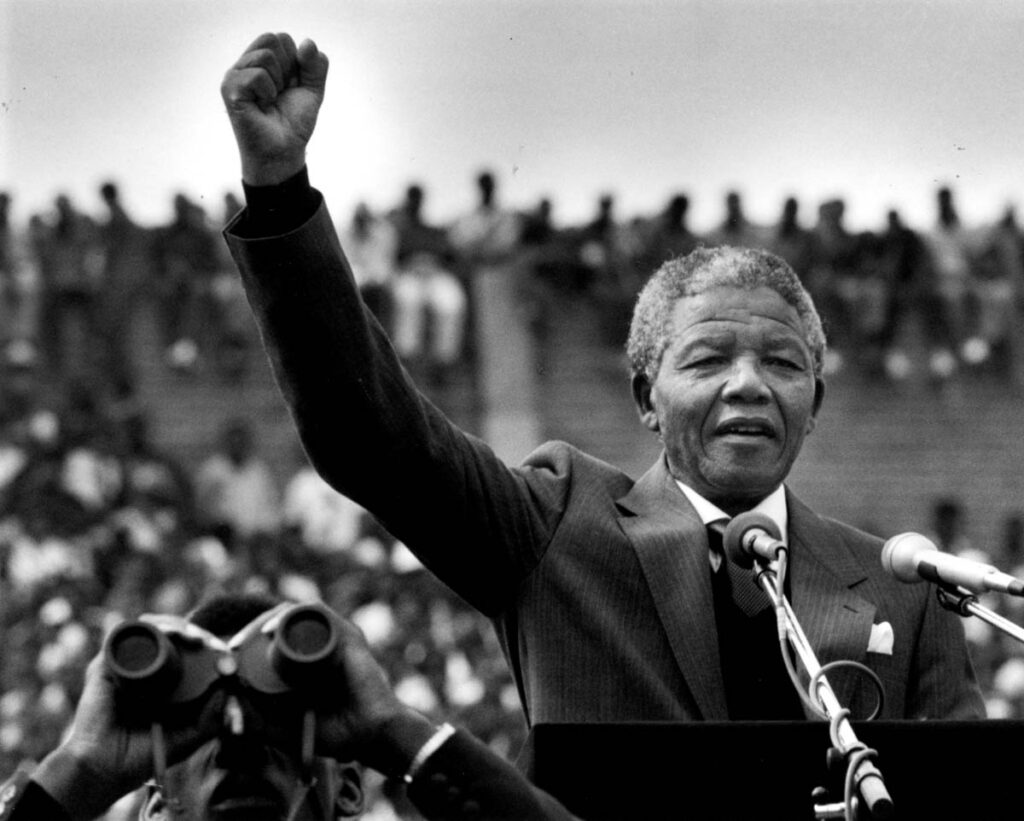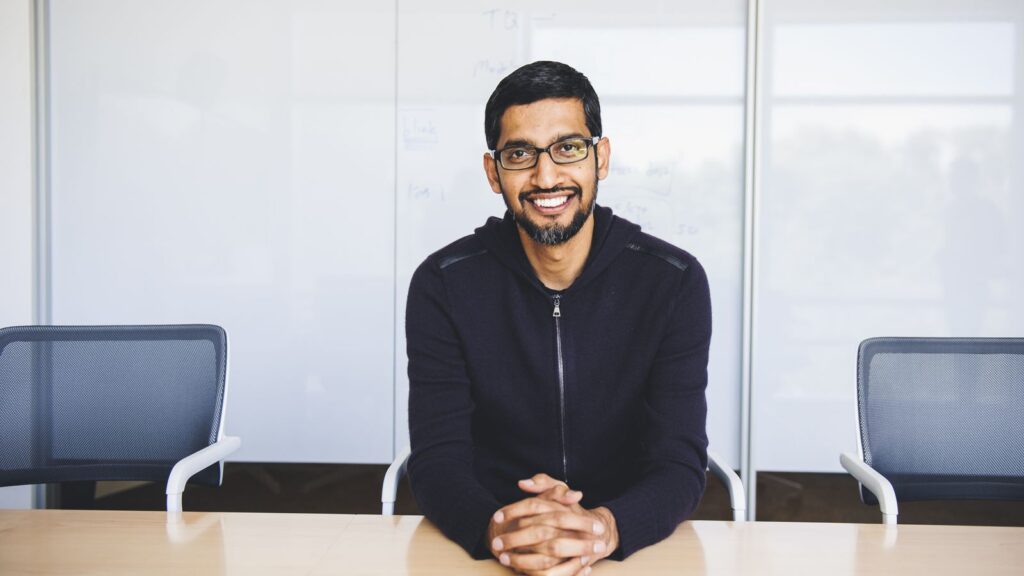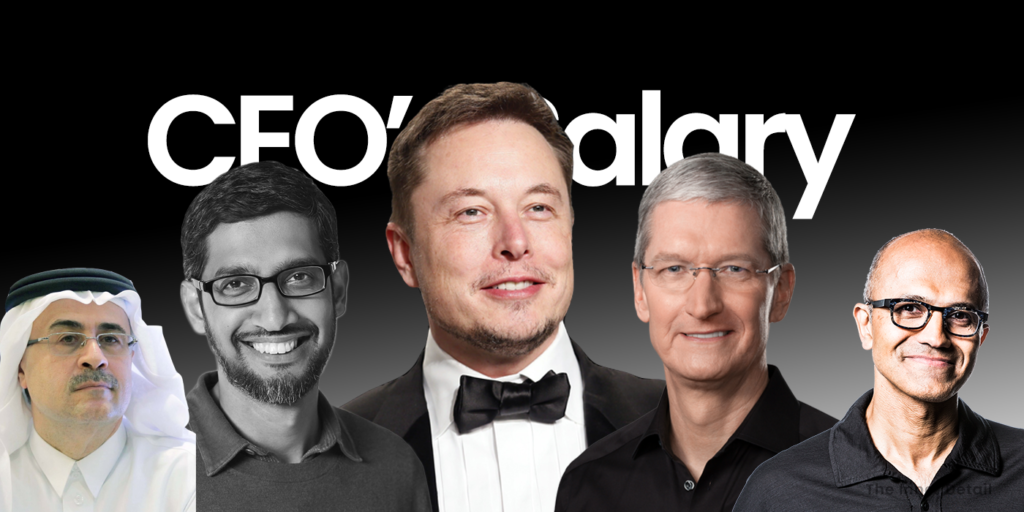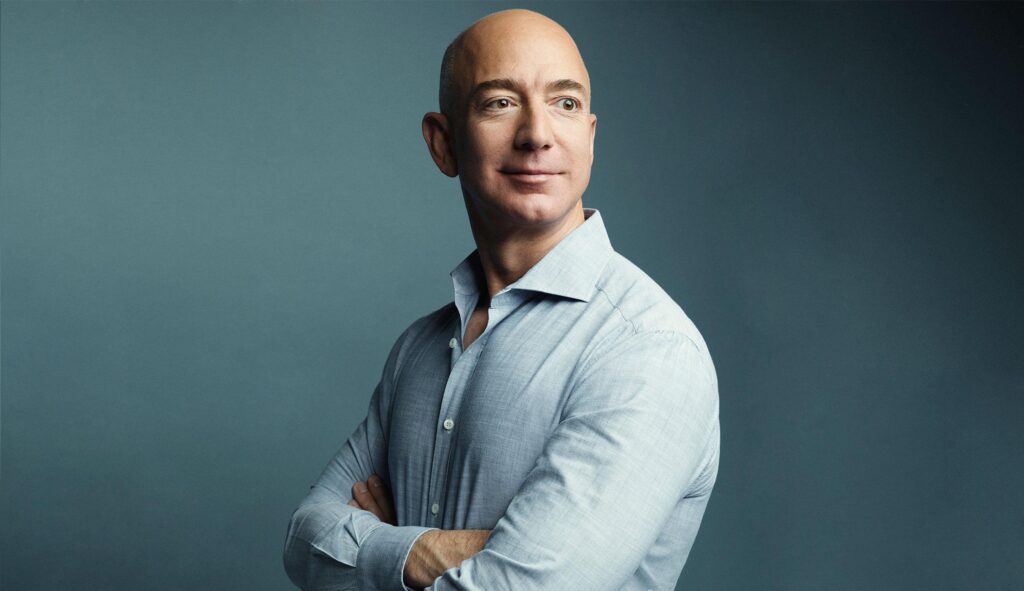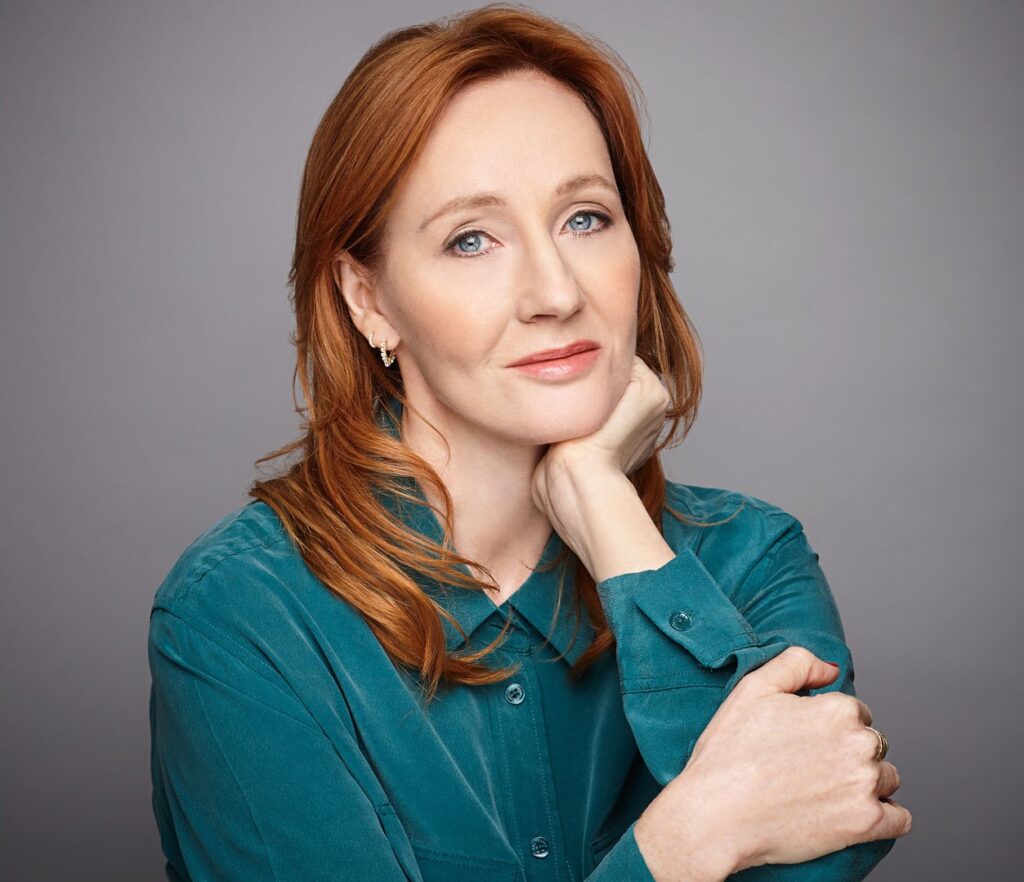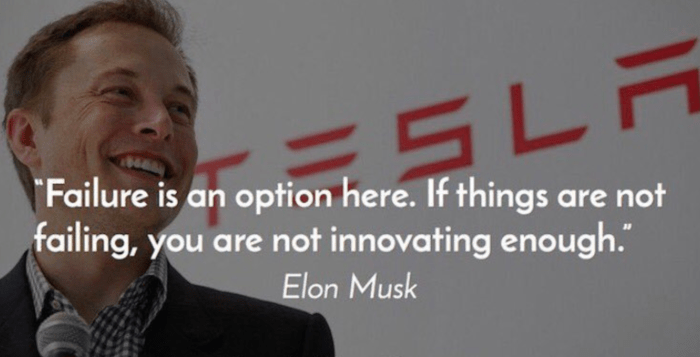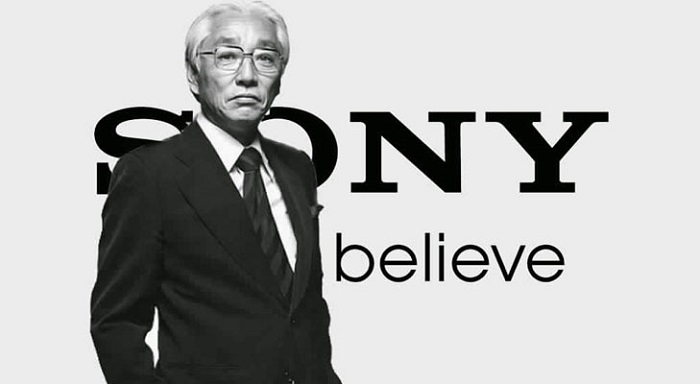Nelson Mandela was a revolutionary South African Anti-apartheid, Former President of South Africa (1994-1999), a Noble Peace Prize Winner and philanthropist and few more to add. He is point-headed for the struggle against racism, spending wholly 67 years in his life. Been a black-man, the lewd racist hits on him, put him in the revolutionary path, to dragnet freedom for the black. Mandela is the country’s first Black Head of state, dismantling apartheid in 1991. He was also President of the African National Congress (ANC) between 1991-1997.
Early Life:
- Born on 18th July, 1918, in a village in Umtata, (South Africa’s Cape Province) to Gadla Henry Mphakanyiswa Mandela and his 3rd wife, Mandela was given the forename ‘Rolihlahla’ meaning ‘trouble maker’. Brought up by Thembu traditional and taboo, his mother sent him to Methodist school when he was seven, roaming around as a cattle-boy. The forename ‘Nelson’ was baptized by the teacher out there in the school.
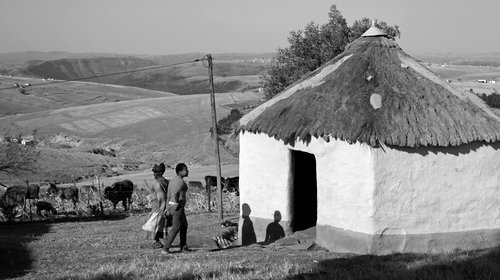
- Impotent to handle the family, his mother left Mandela to Jongintaba Dalindyebo. Mandela was grown with Jongintaba’s heirs Justice (boy) & Nomafu (girl) under his guardianship and attended a Methodist School. He and Justice at 16, traveled Tyhalarha for ‘ulwaluko circumcision’ (ritual of South Africans for transforming into men).
Education:
- During his secondary education at Clarkebury Methodist school, he overthrew his ‘stuck-up’ flaw, by socializing and be-friended with a girl. Then heading to Methodist college in Healdtown, he trained him as a runner and boxer.
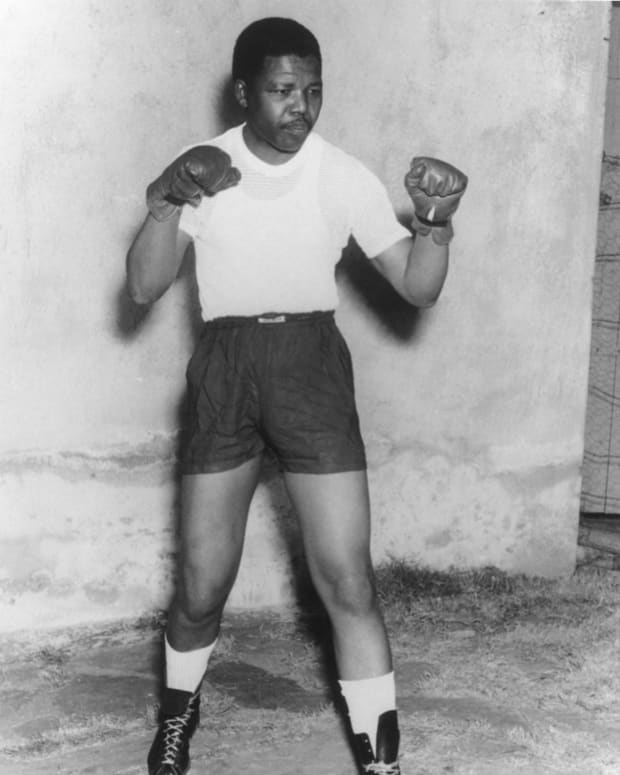
- In 1939, while pursuing at University of Fort Hare for a BA degree, Mandela did work in ballroom dancing, drama and bible classes. He co-founded First year Students committee to tackle the dominance of second years and involved in boycotts against the quality of food, for which he was suspended from the college. He never turned back then.
- While dismaying the marriage fixed for Mandela and Justice by Jongintaba , they fled to Johannesburg in 1941. Mandela worked there as night watchman before befriending with ANC activist Walter Sisulu, who later secured an articled clerk job in the law firm. He joined University of South Africa in Alexandra, for his higher education as distant one.
- The times were despair filled with poverty, crime and pollution. Mandela after Jongintaba’s funeral in the winter of 1942, headed back to Johannesburg for starting up as a lawyer, though epiphany was lurking.
The Advent of Revolutions
- Mandela begun studying law by signing up at University of Witwatersrand in 1943, where he was the only black African and faced racism for the first time. There he upheld with liberal and communist European Jewish and Indians. He met Anton Lembede, an ANC member, whose views inspired Mandela.
- In view of support to ANC by youths of Africa, Mandela followed Lembede, who started the African National Congress Youth League (ANCYL), with himself as President and Mandela as its Executive committee member. In 1947, Lembede’s ill health confronted the President post and muddled the ANCYL. Later Mandela was in the ANC’s Transvaal branch as an executive committee.
- In 1948, out during South Africa’s General Election that blared with condition of only whites can vote, paved way for the racial segregation with new apartheid legislation. Mandela boycotted for the black’s rights and held many strikes against apartheid. For which, in 1950 he was elected the National President of ANCYL. Meanwhile, he failed three times in Witwatersrand University and refute the degree, being involved wholly in politics.
- Gradually influenced by his friends, his anti-communist thoughts begin to wind up, while reading literatures of Karl Max, Vladimir Lenin embracing dialectical materialism.
- In 1952, ANC started a Defiance Campaign against apartheid with Indian and communists backing. The event catered Mandela to address in front of 10000 heads at Durban rally, that bounded him as a renowned black political head to mass figures and ANC Transvaal President. He was arrested and prisoned for the campaign and involvement.
‘No Easy Walk to Freedom’
- At the vent of six months ban for him to attend the publics by the government, Mandela’s ‘No Easy Walk to Freedom’, speech in Transvaal meeting was spelled over with his plan of creating centralized leadership (like cell structure), called as Mandela’s plan (M-Plan). In 1953, Mandela and Tambo instituted a law firm, the first by an African in the country. The law firm provided free and low-cost legal counsel to unrepresented blacks.
- For 20 years, Mandela directed peaceful, nonviolent acts of defiance against the South African government and its racist policies, including the 1952 Defiance Campaign and the 1955 Congress of the People. In 1956, Mandela and 150 others were arrested and charged with treason for their political advocacy (they were eventually acquitted). Africanists soon broke away to form the Pan-Africanist Congress, which negatively affected the ANC; by 1959, the movement had lost much of its militant support.
Non-violent to Violent:
- Formerly driven by the method that Mahatma Gandhi had adapted, non-violence, Mandela felt there would no change until the exploit of an armed group. In 1961, Mandela partnering with Sisulu and Slovo co-founded the Umkhonto we Sizwe (“Spear of the Nation”, abbreviated as MK) with Mandela as its Chairman. The wing executed sabotage acts to pressurize the government with 57 bombings on Dec 16, 1961 and further on New Year’s Eve and use guerilla war tactics to end apartheid.
- On August 1962, Mandela was sentenced to five years imprisonment for heading the 3-day nation worker’s strike. On a trial in 1963, he and other 10 ANC leaders were censured for life imprisonment for political offenses of the ANC army.
- Mandela spent solidly 27 years in prison from November 1962 to February 1990. For the first 18 years, he was confined in Robben Island, the spell that cankered him tuberculosis and being a black political prisoner, he corralled lowest level of treatment from the workers. Meantime, he certified Bachelor of Law from University of London correspondence program.
- A 1981 memoir by South African intelligence agent Gordon Winter described a plot by the South African government to arrange for Mandela’s escape so as to shoot him during the recapture; the plot was foiled by British intelligence.
Release of Mandela :
- In 1982, Mandela and other ANC leaders were moved to Pollsmoor Prison, allegedly to enable contact between them and the South African government. In 1985, President P.W. Botha offered Mandela’s release in exchange for renouncing armed struggle; the prisoner flatly rejected the offer. Often, the padding local and international pressure for his release, the government had many negotiations with Mandela, but none helped. It wasn’t until Botha suffered a stroke and was replaced by Frederik Willem de Klerk that Mandela’s release was finally announced, on February 11, 1990. De Klerk also lifted the ban on the ANC, removed restrictions on political groups and suspended executions.
- While he stated that he was committed to working toward peace, he declared that the ANC’s armed struggle would continue until the black majority received the right to vote. In 1991, Mandela was elected president of the African National Congress, with lifelong friend and colleague Oliver Tambo serving as national chairperson.
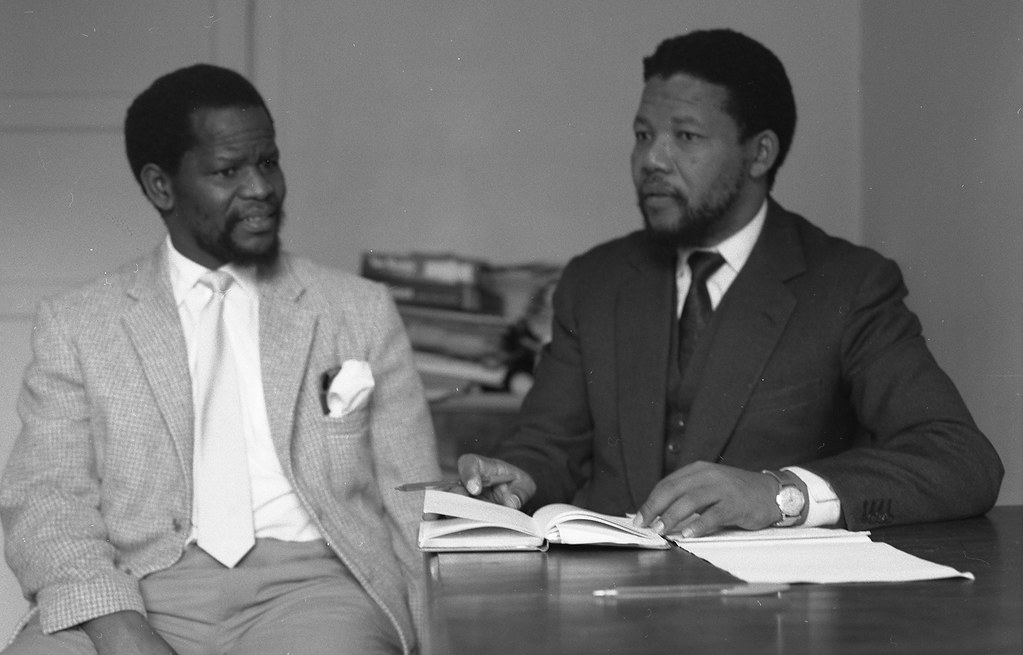
Presidency
- Due in no small part to the work of Mandela and President de Klerk, negotiations between black and white South Africans prevailed: On April 27, 1994, South Africa held its first democratic elections. Mandela was inaugurated as the country’s first black president on May 10, 1994, at the age of 77, with de Klerk as his first deputy.
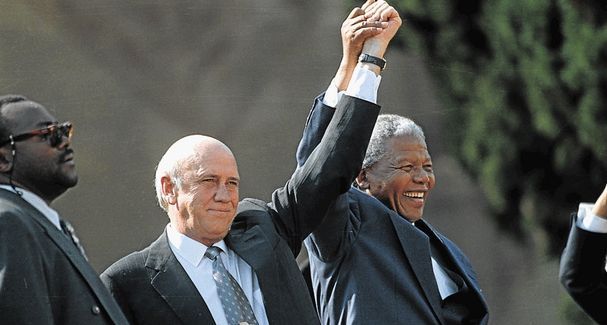
- From 1994 until June 1999, President Mandela worked to bring about the transition from minority rule and apartheid to black majority rule. He used the nation’s enthusiasm for sports as a pivot point to promote reconciliation between whites and blacks, encouraging black South Africans to support the once-hated national rugby team.
- In 1995, South Africa came to the world stage by hosting the Rugby World Cup, which brought further recognition and prestige to the young republic. That year Mandela was also awarded the Order of Merit.
- During his presidency Mandela also worked to protect South Africa’s economy from collapse. Through his Reconstruction and Development Plan, the South African government funded the creation of jobs, housing and basic health care.
- In 1996, Mandela signed into law a new constitution for the nation, establishing a strong central government based on majority rule, and guaranteeing both the rights of minorities and the freedom of expression.
Retirement & Retirement
- On 1999 general election, he announced his retirement from active politics but pertained to the funding and development of schools and clinics of the rural parts. He did serve as mediator in Burundi’s Civil war too. After diagnosed with prostate cancer in 2001, he retired from his activism and public life and moved to his native village Qunu to spend the rest of his years in 2004, at his 85th age.
Marriage & Children
- Mandela married three times and had six children. Mandela coupled with Evelyn Mase through Sisulu, a trainee nurse in October 1944. They had two children, one in 1945 and other in 1947 but the latter died of meningitis at 9 months from birth. However, the couple divorced in 1958 while Evelyn accusing Mandela to be adultery.
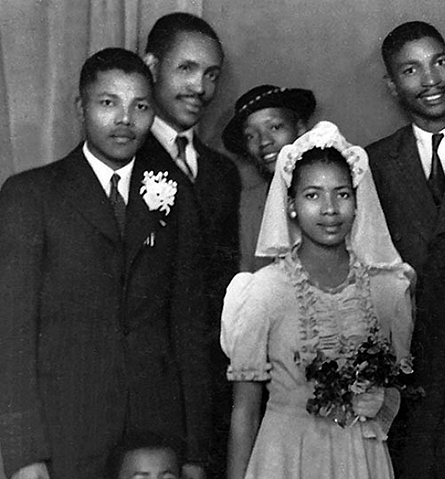
Nelson Mandela and his future first wife Evelyn Mase in the bridal party at Walter and Albertina Sisulu’s wedding on 17 July 1944. Mandela was best man. Mandela and Mase were to marry three months later, 5 October 1944. 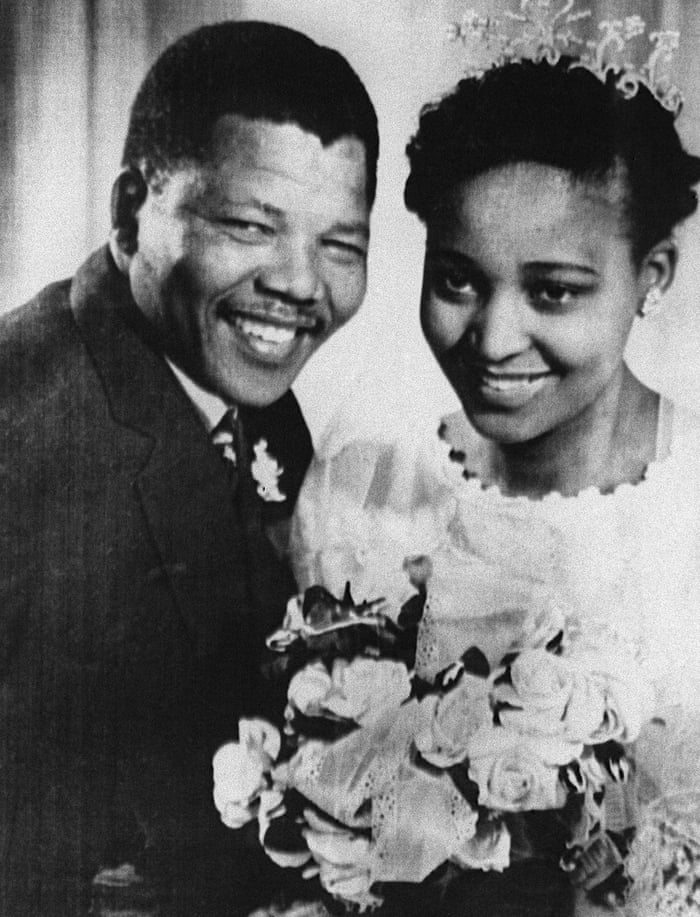
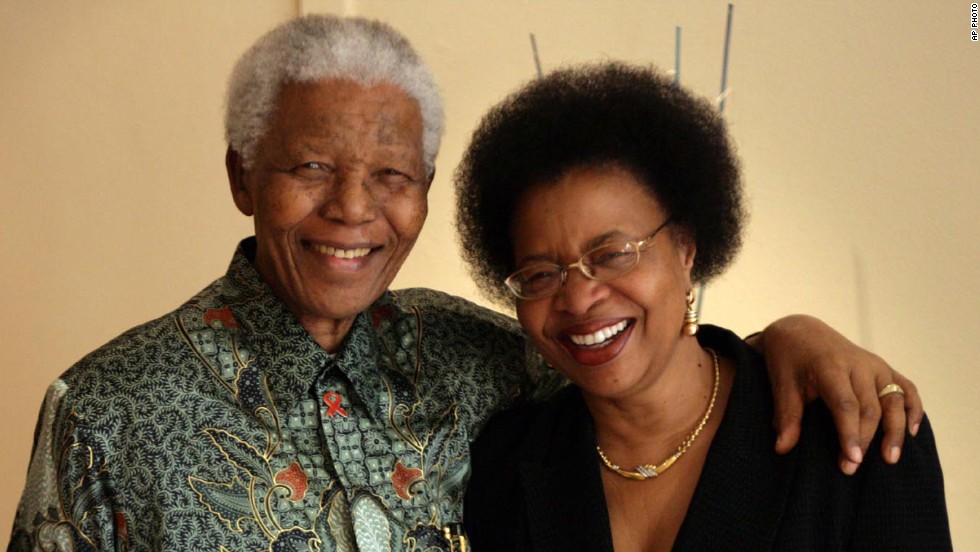
UNICEF Executive Director Carol Belamy, left, with former South African President Nelson Mandela, center, and his wife Graca Machel, right, during a photo opportunity in Johannesburg, Thursday, March 17, 2005. Bellamy, who will leave UNICEF at the end of April after 10 years of service to the global organisation, expressed appreciation to Mandela and Machel for their unwavering commitment to the cause of the poor and the vulnerable across the African continent. (AP Photo)
- Mandela then married Winnie Madikizela in June 1958, having two children, in 1959 and in 1960 before separating in 1996. Two years later, in 1998, Mandela married Graca Machel, the first Education Minister of Mozambique, with whom he remained until his death in 2013.
- Mandela and Machel co-founded ‘THE ELDERS’, a group of World Leaders to eradicate the conflicts and humanitarian crises, thereby maintaining peace and women’s equality and promoting democracy. The group was committed to the fight against AIDS, the disease that pulled over his son Makgatho in 2005.
- In 1993, Mandela and President de Klerk were jointly awarded the Nobel Peace Prize for their work toward dismantling apartheid in South Africa.
Death
- Mandela after a lung infection in 2011 and a stomach surgery in 2012, died of recurrent lung disease on December 5, 2013 at the age of 95 in his home in Johannesburg, South Africa.
- On the day of Mandela’s death, Jacob Zuma, South Africa’s President released a statement speaking to Mandela’s legacy: “Wherever we are in the country, wherever we are in the world, let us reaffirm his vision of a society … in which none is exploited, oppressed or dispossessed by another,” he said.
Facts & Books
- In 2009, Mandela’s birthday (July 18) was declared Mandela Day, an international day to promote global peace and celebrate the South African leader’s legacy. According to the Nelson Mandela Foundation, the annual event is meant to encourage citizens worldwide to give back the way that Mandela has throughout his lifetime.
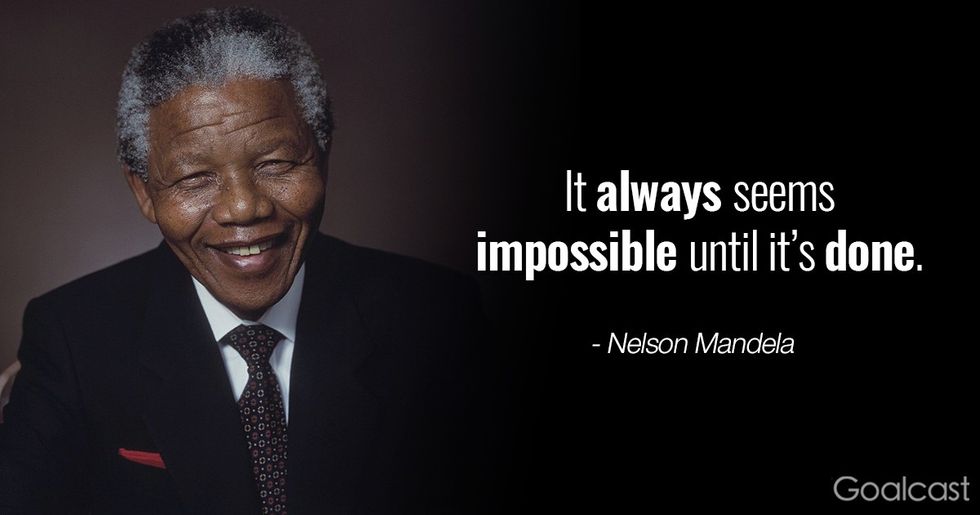
- In 1994, Mandela published his autobiography, Long Walk to Freedom, much of which he had secretly written while in prison. The book inspired the 2013 movie Mandela: Long Walk to Freedom.
- He also published a number of books on his life and struggles, among them No Easy Walk to Freedom; Nelson Mandela: The Struggle Is My Life; and Nelson Mandela’s Favorite African Folktales.
References:
- wikipedia.com
- biography.com
